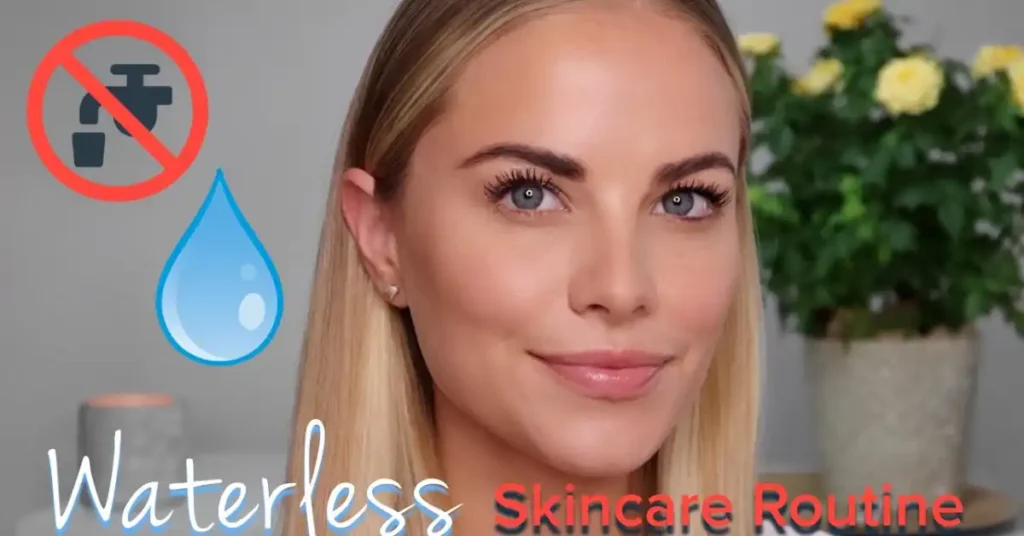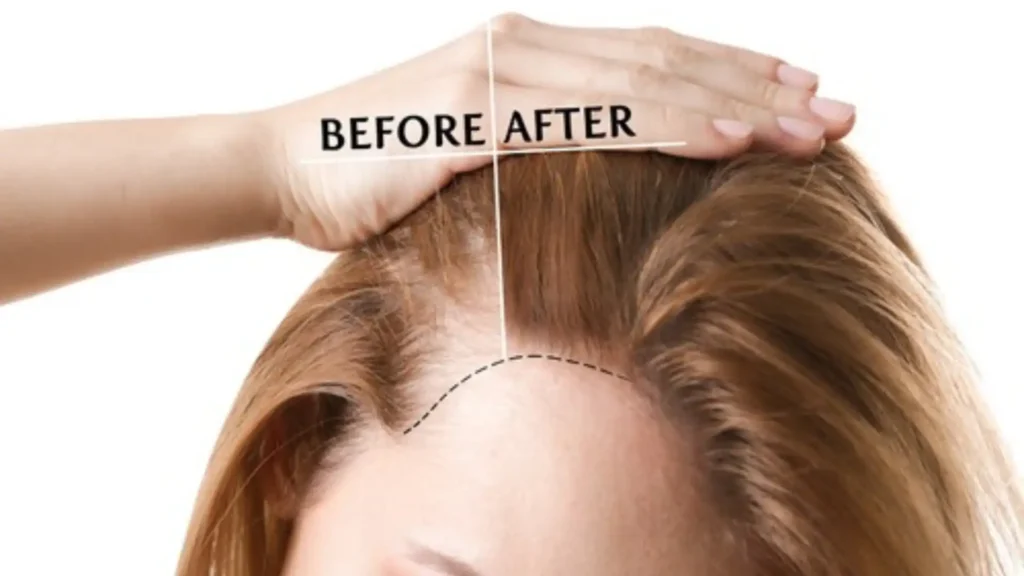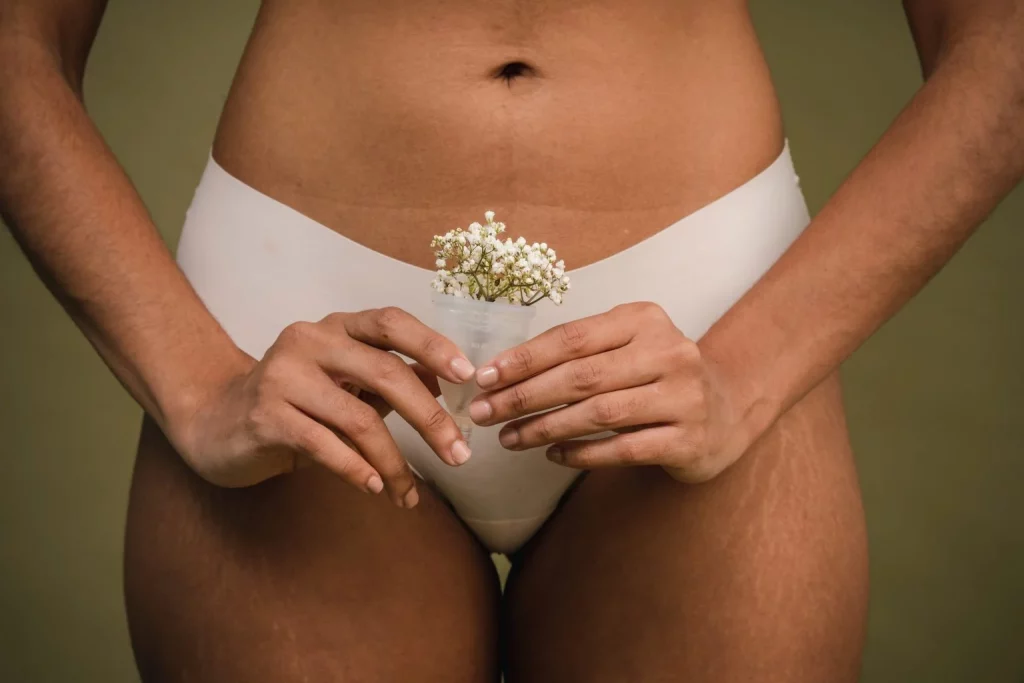In a world obsessed with multi-step skincare routines, the idea of skipping water in your cleansing routine might sound radical. But what if reducing water exposure could actually improve your skin?Waterless Skincare.
From protecting your skin barrier to preventing unnecessary dryness, waterless skincare is gaining popularity as a gentler, more effective way to maintain healthy skin.
This article dives into the science behind waterless skincare, explores the benefits of ditching tap water, and shares insights from a 30-day experiment. Whether you struggle with dryness, breakouts, or sensitivity, this guide will help you rethink your cleansing routine for a healthier, glowing complexion.
What Happens to Your Skin When You Stop Washing It with Water?
Over-Cleansing and Skin Barrier Damage
Your skin has a natural protective barrier composed of lipids, oils, and beneficial bacteria. Frequent washing—especially with harsh cleansers—can strip this barrier, leading to:
- Increased dryness and irritation
- Disrupted pH balance, making skin more prone to breakouts
- Accelerated signs of aging due to loss of hydration
A study published in the International Journal of Cosmetic Science found that over-cleansing weakens the skin’s microbiome, making it more susceptible to environmental stressors.
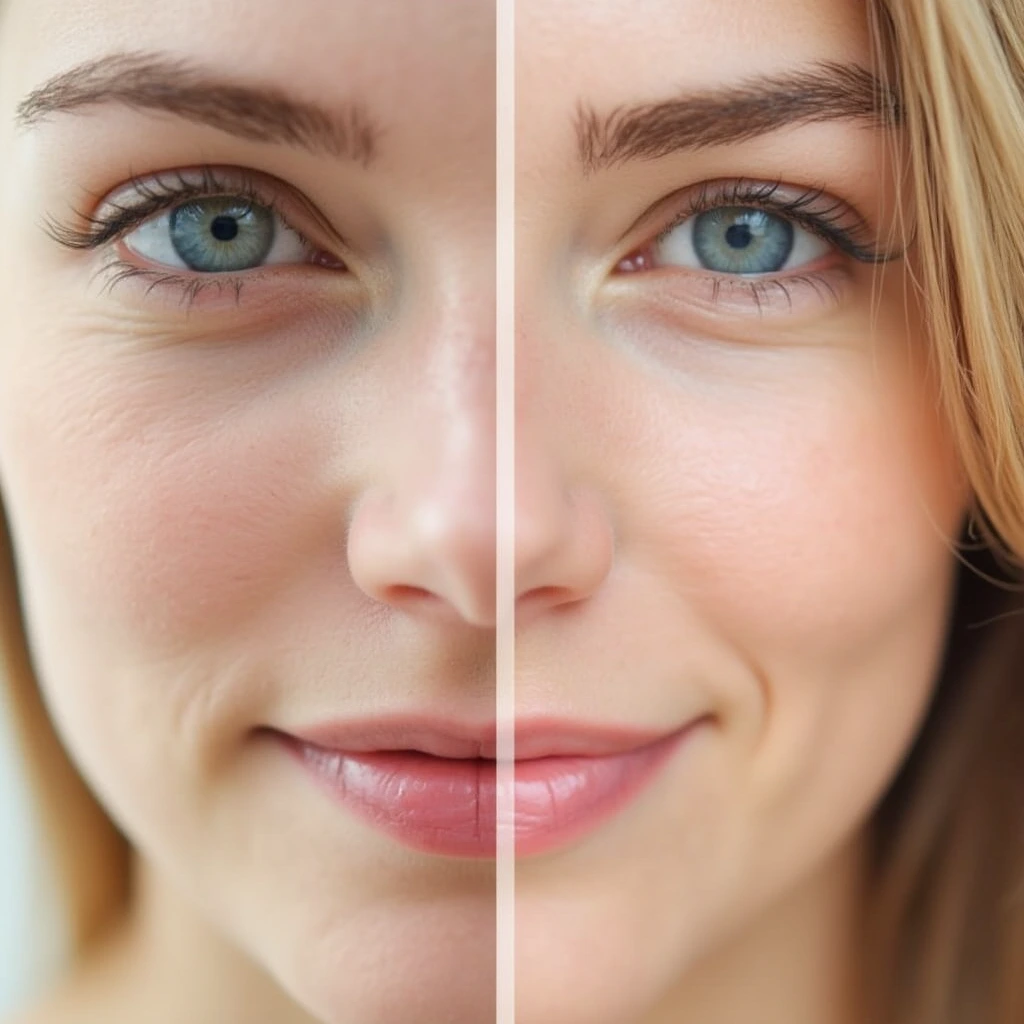
Why Tap Water Might Be Harming Your Skin
You might assume water is harmless, but tap water contains hidden irritants that can damage your skin over time:
🔹 Hard Water Minerals – Calcium and magnesium leave behind a film that clogs pores and exacerbates dryness.
🔹 Chlorine & Fluoride – These chemicals strip away natural oils, disrupting your skin’s hydration balance.
🔹 Temperature Shock – Hot water dehydrates, while cold water can cause redness and sensitivity.
✅ Pro Tip: If you live in a hard water area, use a shower filter to reduce mineral buildup.
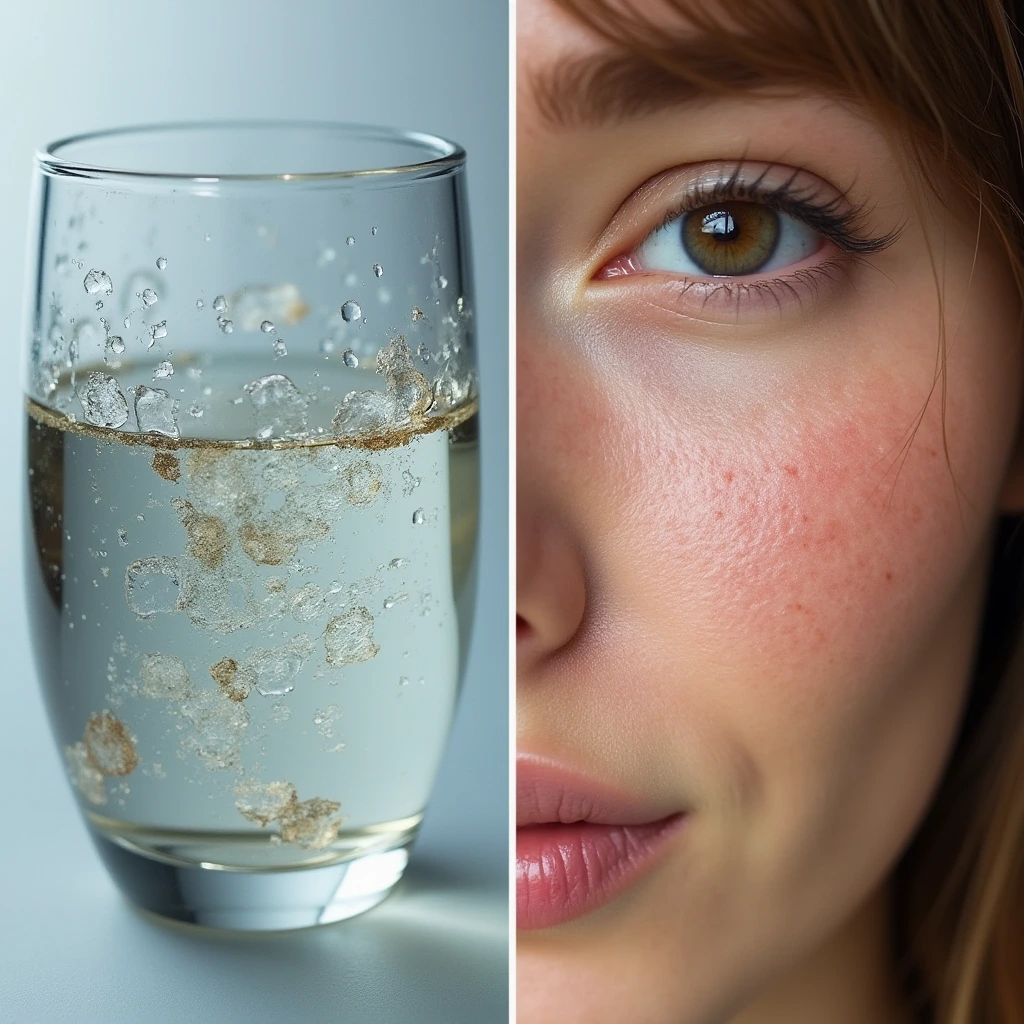
How to Cleanse Your Face Without Water (and Still Stay Fresh)
Switching to a waterless skincare routine doesn’t mean sacrificing hygiene—it’s about replacing traditional cleansing methods with gentler, more effective alternatives.
1. Micellar Water: The No-Rinse Solution
Micellar water contains tiny oil molecules that lift dirt and makeup without drying out the skin. Brands like Bioderma and Garnier offer versions for sensitive, acne-prone, and dry skin types.
2. Oil Cleansing Method (OCM)
Oils like jojoba, argan, and squalane dissolve dirt, makeup, and excess sebum without disturbing your skin’s microbiome. Apply oil to dry skin, massage, then wipe off with a soft cloth.
3. Cleansing Balms & Cream Cleansers
These rich, emollient-based formulas cleanse while nourishing your skin barrier. Popular choices include Clinique’s Take The Day Off and The Ordinary Squalane Cleanser.
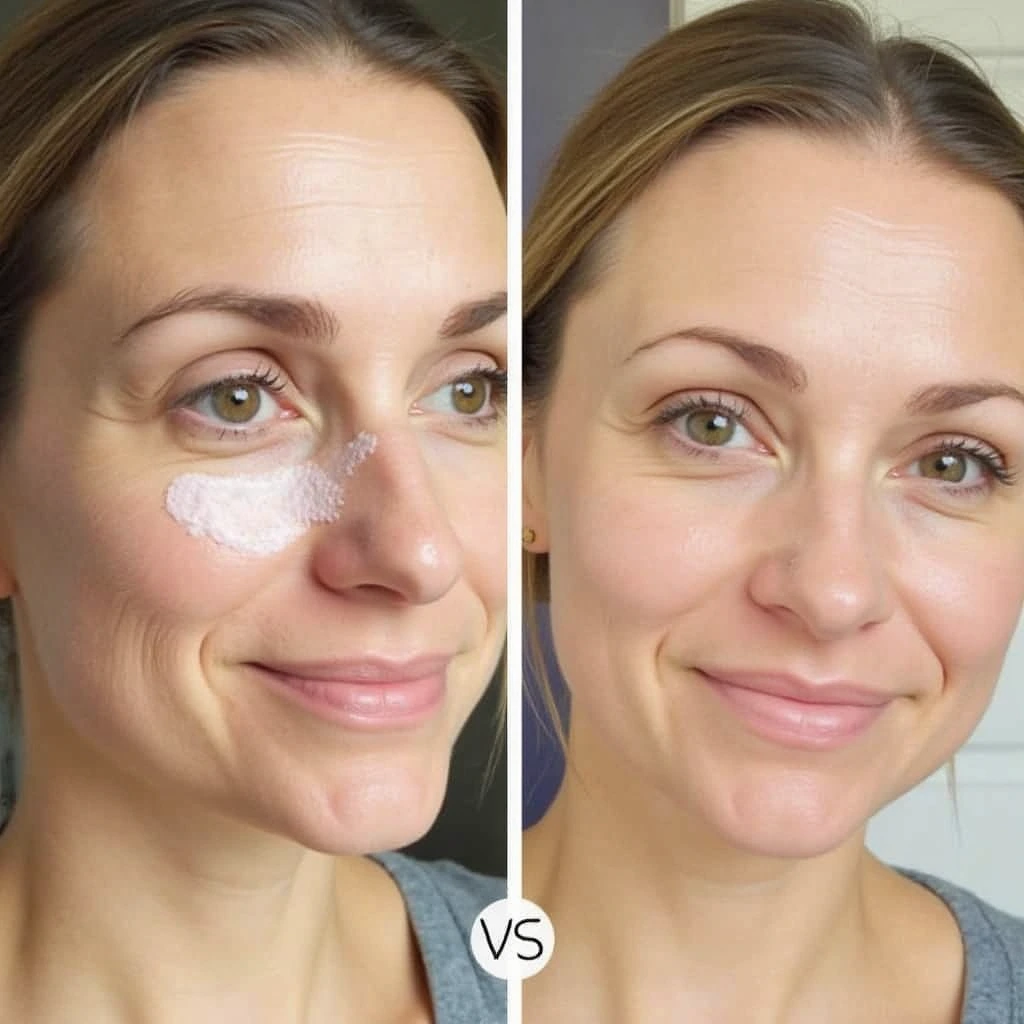
The 30-Day Waterless Skincare Experiment
Days 1–3: The Adjustment Phase
- Day 1: Skin felt sticky without the usual “squeaky clean” effect. Used micellar water and hemp seed oil.
- Day 2: Noticed slight redness and congestion—likely from leftover sunscreen. Switched to a fragrance-free cleansing balm.
- Day 3: A few breakouts appeared along the chin, but no excessive dryness.
💡 Key Takeaway: Breakouts are common when transitioning, as the skin rebalances oil production.
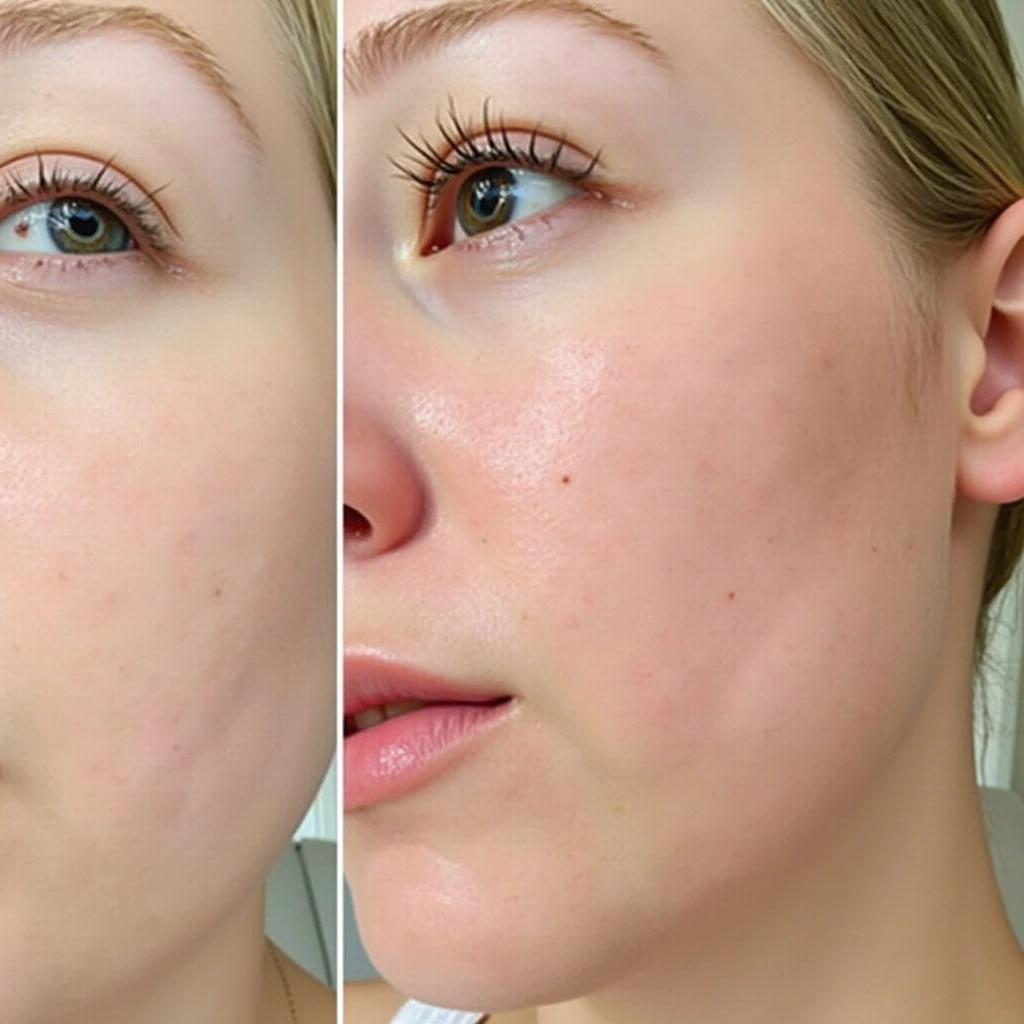
Week 4: The Skin Transformation
By the end of the month, the results were undeniable:
✅ Hydrated & Balanced – Skin felt moisturized all day without becoming greasy.
✅ Fewer Breakouts – Acne significantly reduced, likely due to a stronger moisture barrier.
✅ Brighter Complexion – Skin appeared more radiant and even-toned.
A 2023 study in Dermatologic Therapy found that participants who used waterless cleansers had a 35% improvement in hydration and a significant decrease in redness within four weeks.
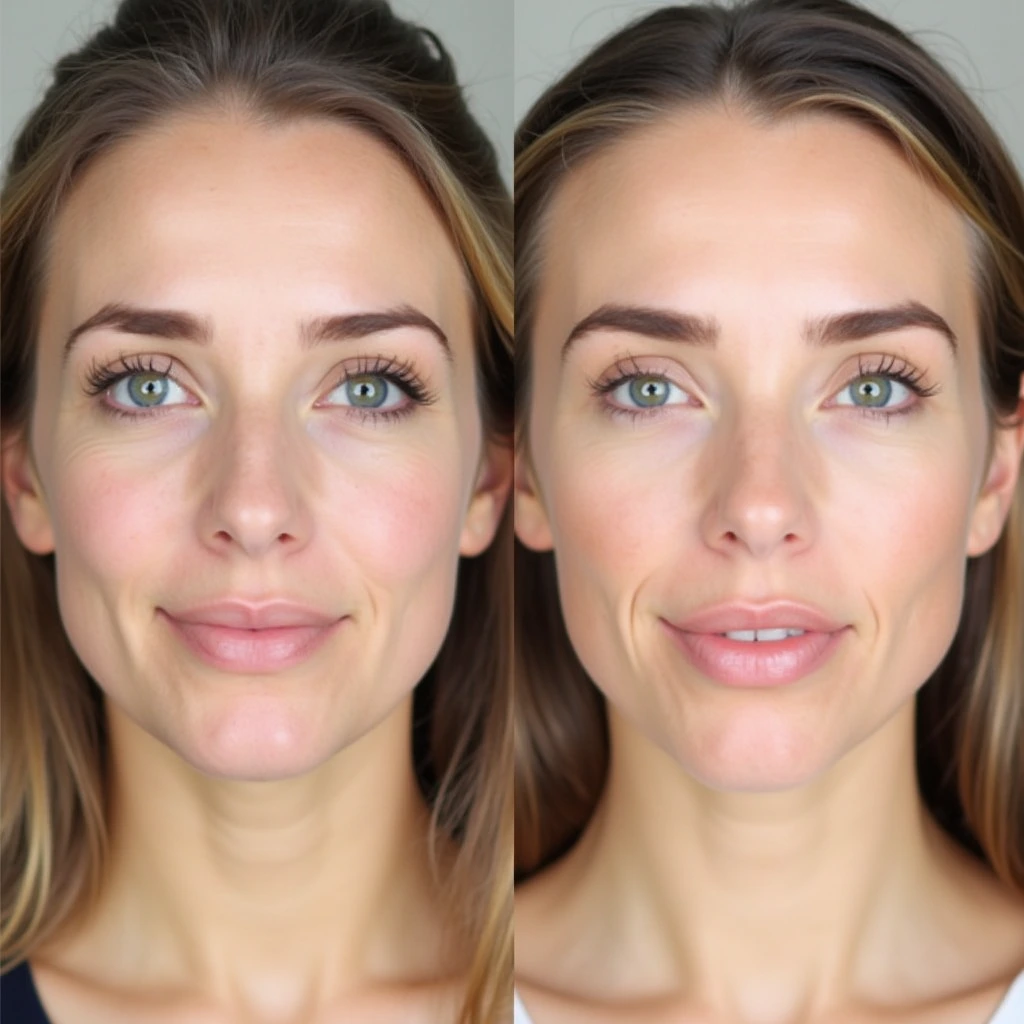
FAQs: Your Waterless Skincare Questions, Answered
❓ Can I use waterless cleansing if I have acne?
✔️ Yes! Oil-based cleansers dissolve sebum without stripping moisture. Look for non-comedogenic oils like grapeseed or hemp seed oil.
❓ How do I exfoliate without water?
✔️ Use enzyme-based exfoliants (e.g., Tatcha Rice Polish) with a hydrating toner instead of water.
❓ Will my skin feel greasy if I don’t use water?
✔️ No, as long as you use proper oil-based or micellar cleansers that effectively break down excess oil and dirt.
Final Thoughts: Is Waterless Skincare Right for You?
While waterless skincare isn’t for everyone, it’s a game-changer for those with dry, sensitive, or acne-prone skin. By prioritizing gentle, pH-balanced alternatives, you can restore your skin’s natural defenses and unlock a healthier glow.
🔹 Want to try it? Start with micellar water or a cleansing balm and give your skin two weeks to adjust.
Your face—and your sink—will thank you!
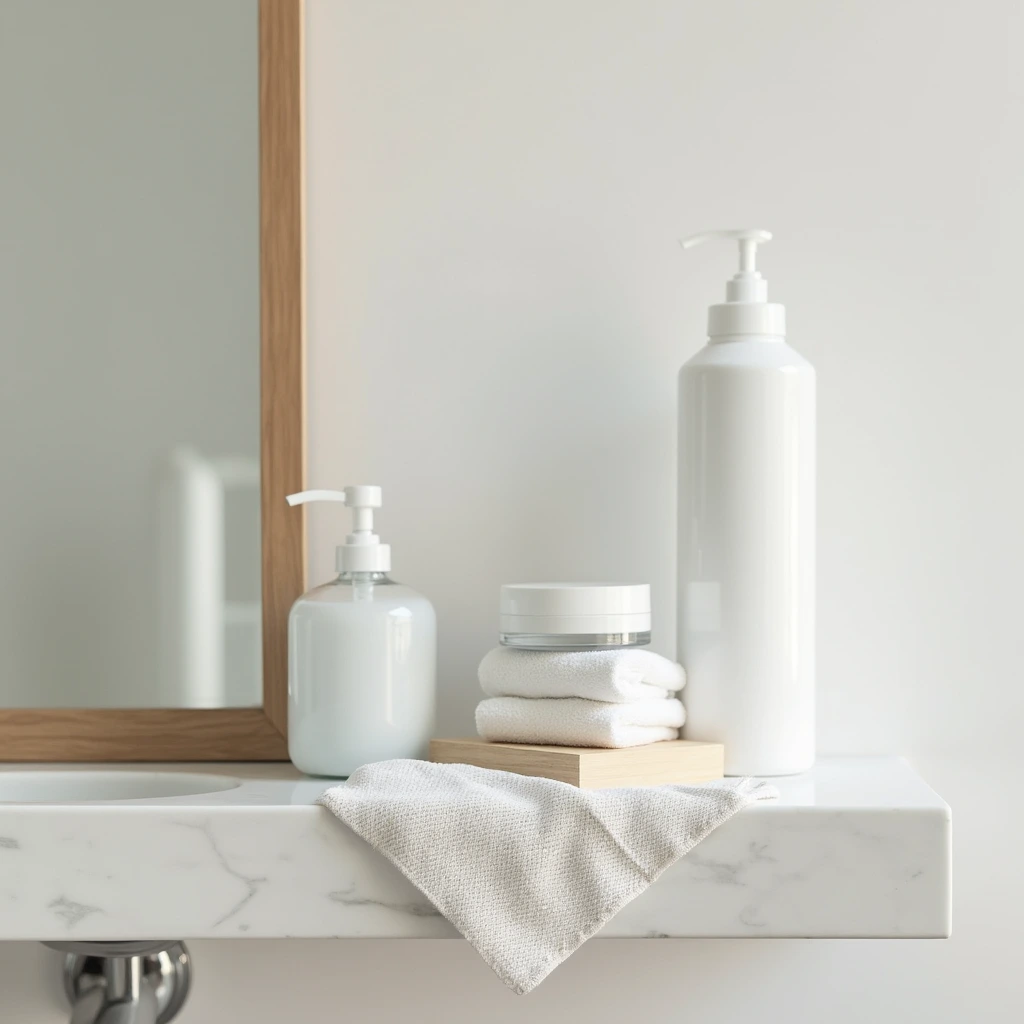
Follow us on: 📌 Pinterest | 📘 Facebook

